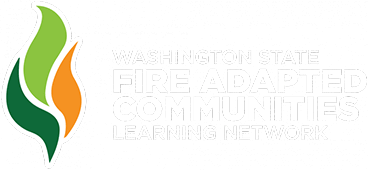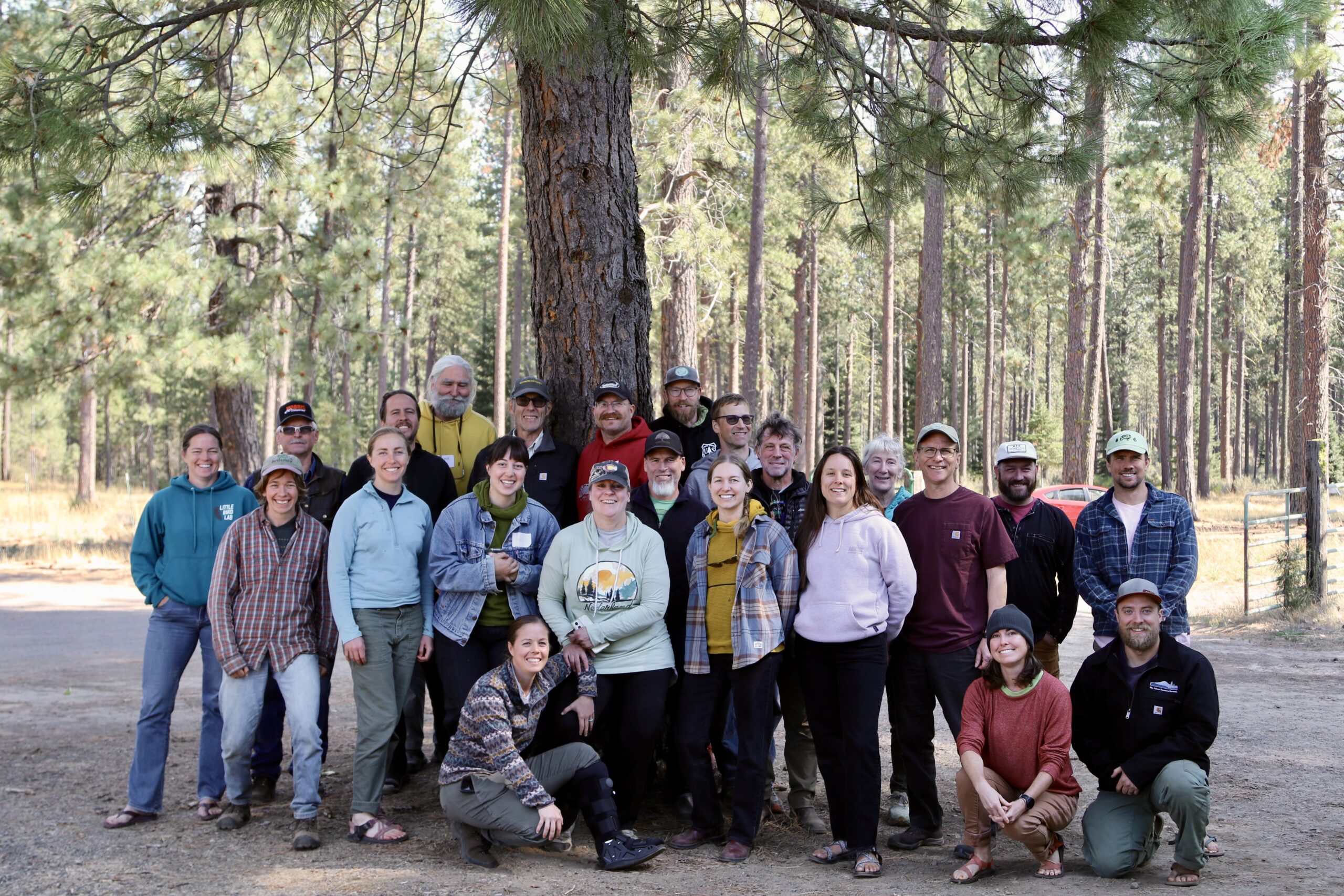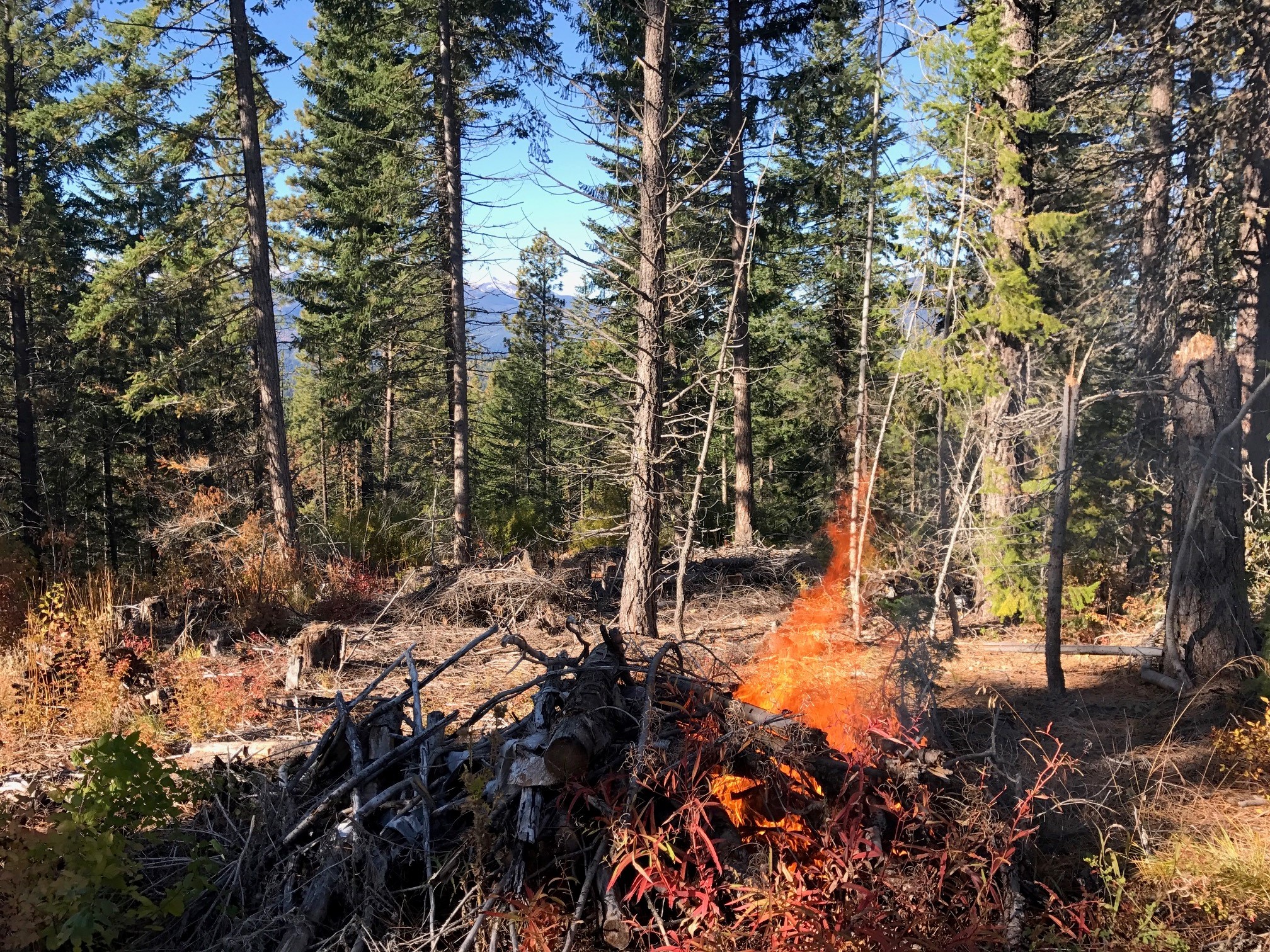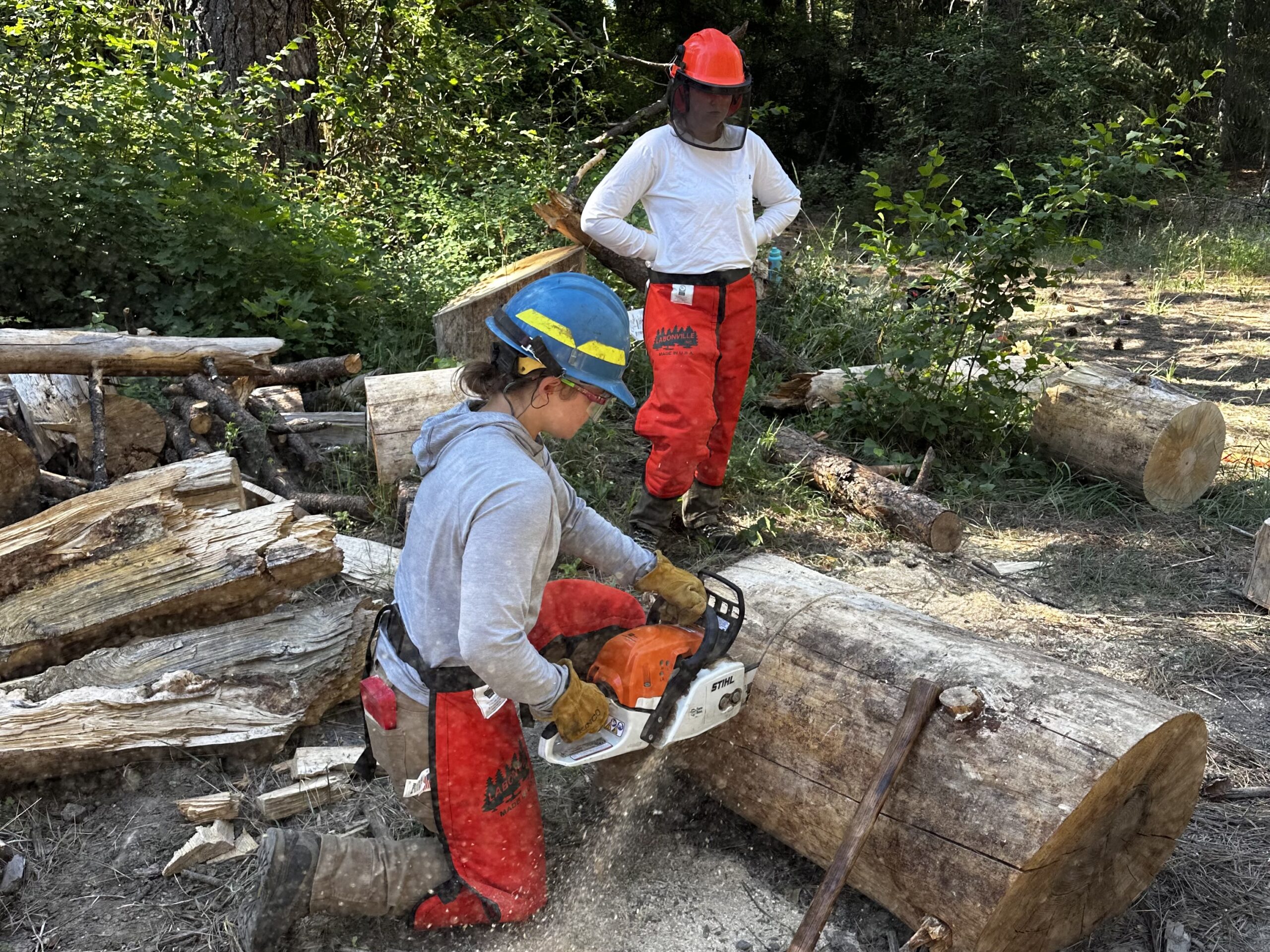Several years ago, in a quest to explore how we could better integrate communities, adaptation, and the incident management system, folks in Washington (Richard Parrish and Lauren Maloney) cooked up the idea to order a prevention team and include fire adapted communities in their Delegation of Authority. For those not well-versed in the National Incident Management System, that is kind of like ordering an espresso machine and asking it to make hot chocolate with whipped cream and sprinkles.
The folks on the prevention team did a great job learning about hot chocolate fire adapted communities. As we talked through the importance of communicating actions individuals could take before, during and after wildfire, a rough sketch of the FAC cycle began to come together. Dubbed P3R2 for Prevent, Prescribe, Prepare, Respond and Recover, the initial cycle graphic looked like this:
The graphic worked with existing logos developed by the Chumstick Wildfire Stewardship Coalition (as an interesting side note, the After the Fire logo was the first logo developed as part of an early 2014 project). The prevention team graphic gave shape to the concept that communities needed to take action to reduce their risk before, during and after wildfire. This early graphic enabled us to talk with people about how they could become more fire adapted at any point along the cycle and that any action could reduce the impact of future wildfires.

The more WAFAC used the graphic the prevention team provided, the more we realized there was an opportunity to incorporate more visuals into the graphic in order to show people what the words meant. When folks with the national Network offered to sketch some concepts out, it seemed like the perfect time to move the project forward. It was important to us that the graphic showed people taking action – not just the words we use to talk about action. Working from an early sketch put together by Leigh Greenwood with The Nature Conservancy, we gathered national Network feedback and took it to the fine folks at Gibbs Graphics in Leavenworth.
From there, the rest was easy. Members of the Washington Network reviewed the graphic and facilitation guide at the fall 2016 WAFAC Workshop (learning about FAC concepts and helping us refine the product at the same time) and edits were made based on their feedback. One more round of editing to polish it up and it was ready for primetime! The result is a graphic that we feel good about – it shows actions people can take before, during and after wildfire, it represents a diverse and inclusive community, and it can be customized for different uses (omitting the prevention and prescription vignettes makes a simpler graphic, for example).
Graphics are important because they help us get people to act. We want to be able to take down barriers to mitigation. Having a good illustration of what we want people to do and when they can start doing it is a great jumping off point to making mitigation easier. The final FAC cycle graphic also helps us talk with partners about what it means to be fire adapted. In many cases, they are able to see themselves represented in the cycle of fire adaptation – and it helps them to identify their role in wildfire mitigation.






